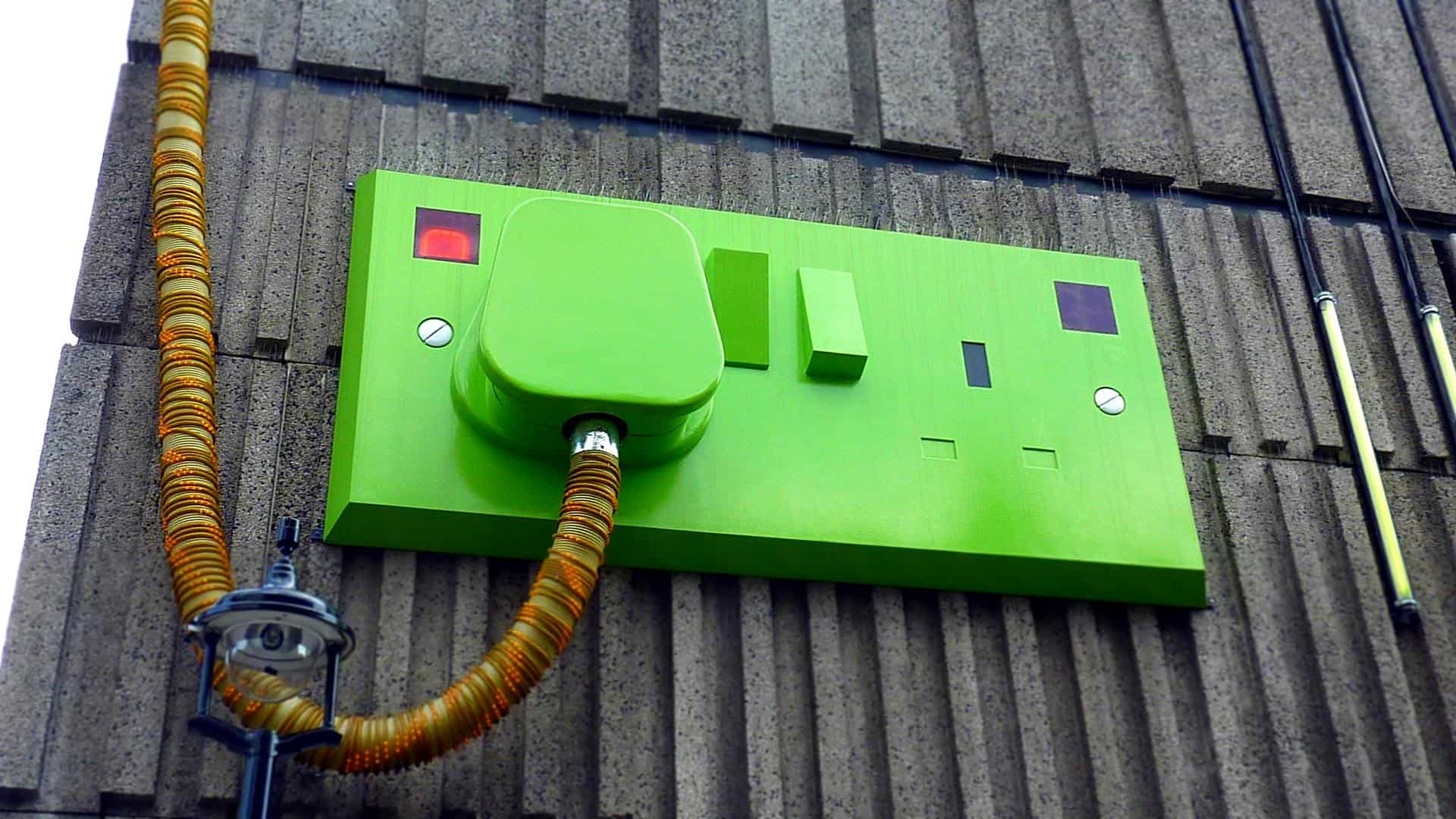Understanding that an appliance’s power rating is a function of work, time and energy can help you estimate electricity costs. For instance, a microwave that runs for one hour will use approximately the same amount of energy as a TV that is on for two hours.
It’s also important to remember that many appliances will pull energy even when they’re “off.” This is known as phantom load and can add up.
1. Heat
The average household uses a lot of energy-efficient appliances, and some items use more power than others. This is why it is so important to understand what uses the most energy in your home, so you can make the best choices to save money on your electricity bills.
On average, almost half of a household’s energy consumption comes from heating and air conditioning. This is followed by lighting, appliances and electronics. It’s also important to remember that these numbers vary by region and climate.
To determine how much electricity your appliance is using, look for the wattage rating on the back or bottom of the device and then multiply this by the number of hours you use the item each day. For example, if you use your dishwasher two hours a day it would be (300 watts) x (2 hours per day) = (9 kwh per day). This is then multiplied by 12 to get your annual usage. This is one of the most common ways to estimate your energy usage. There are several tools available online that provide more detailed wattage information.
-
Motors

Many household appliances rely on electric motors to function, and these can be significant power consumers. Appliances with motors, such as refrigerators, washing machines, and vacuum cleaners, often use more electricity than purely electronic devices. The power consumption of motor-driven appliances can vary based on several factors. Size and efficiency of the motor play a role, with larger motors or less efficient ones generally consuming more power. Frequency of use is also important, as appliances that run continuously, like refrigerators, contribute more to overall energy consumption than those used intermittently. The load on the motor affects power usage as well. For example, a washing machine will use more power during the spin cycle when the motor is working harder.
To reduce energy consumption from motor-driven appliances, there are several strategies you can employ. When replacing old appliances, choose energy-efficient models that are designed to use less power. Proper maintenance of appliances ensures they’re running at peak efficiency, which can help reduce energy waste. Using appliances like washing machines and dishwashers with full loads can also maximize efficiency, as it reduces the number of cycles needed.
3. Electronics
As with heat, a lot of variables can affect how much electricity an appliance uses. For example, a family of four living in a single-family home will use power differently than a family of two people living in an apartment. In addition, some appliances use more energy depending on their settings, such as a radio set to high volume or a clothes dryer run on a higher temperature setting.
That’s why it’s important to learn what uses the most at home, and why. This can help you understand where your energy bills are going and develop strategies to save.
One way to do this is by looking at the wattage of each appliance and comparing them. This number will usually be stamped on the bottom or back of the appliance, and may also be listed in its manual or specification sheet. Another useful tool is a home energy monitor, which provides a detailed look at appliance usage and can often be used to estimate wattage.
If you’re in the market for new appliances, many brands are leaning toward energy efficiency these days. These devices typically extend less energy than their traditional counterparts and can significantly reduce your power usage in the long run. This, in turn, can reduce the demand for overall utility grid energy.
-
Energy-saving tips
Understanding which appliances use the most power can help you make informed decisions about energy usage. To reduce your overall energy consumption, consider unplugging appliances when not in use to avoid phantom load. Using smart power strips can help cut power to devices in standby mode, further reducing unnecessary energy use. Lighting choices can make a significant difference as well. Opting for LED bulbs, which use significantly less energy than traditional incandescent bulbs, can lead to noticeable savings on your energy bill.
Adjusting thermostat settings, even by small amounts, can lead to significant energy savings over time. When possible, take advantage of natural light and ventilation to reduce reliance on artificial lighting and air conditioning. This not only saves energy but can also create a more pleasant living environment. Regular maintenance of major appliances is crucial for ensuring they operate at peak efficiency. This includes cleaning filters, checking seals, and addressing any issues promptly.
By being aware of which appliances use the most power and implementing these energy-saving strategies, you can significantly reduce your electricity consumption and lower your energy bills. Remember that small changes in daily habits can add up to substantial savings over time. It’s not just about choosing the right appliances, but also about using them wisely and being mindful of your overall energy consumption patterns. With consistent effort and awareness, you can create a more energy-efficient home that’s both cost-effective and environmentally friendly.
